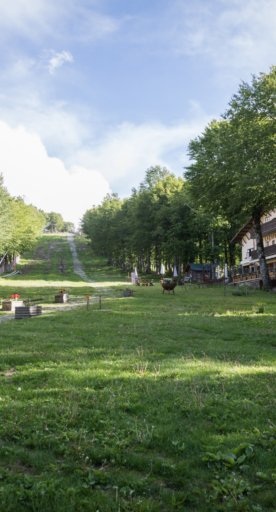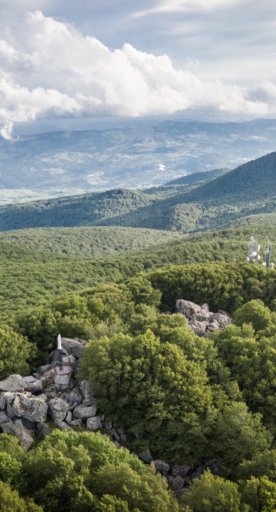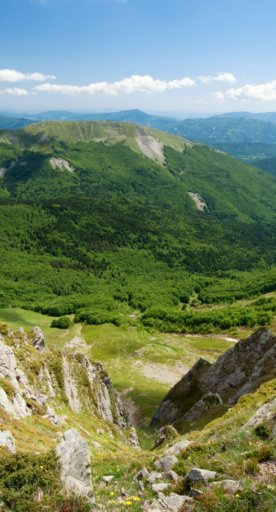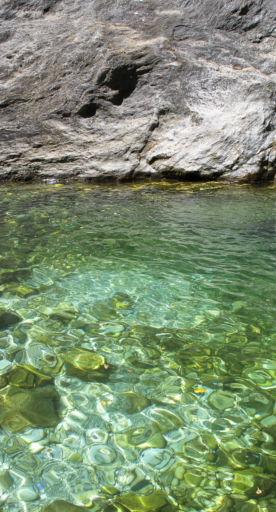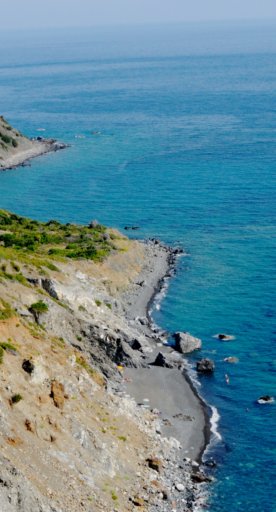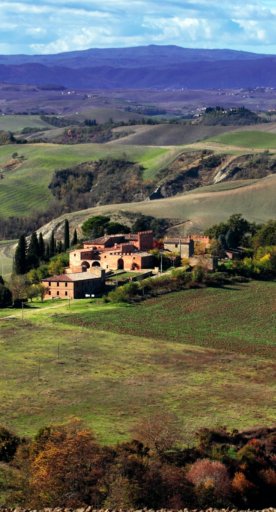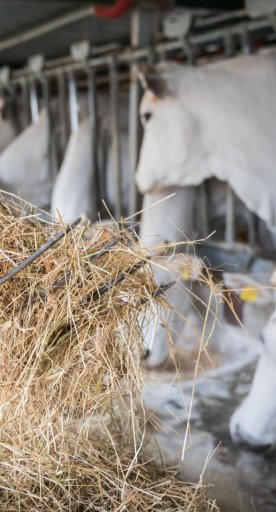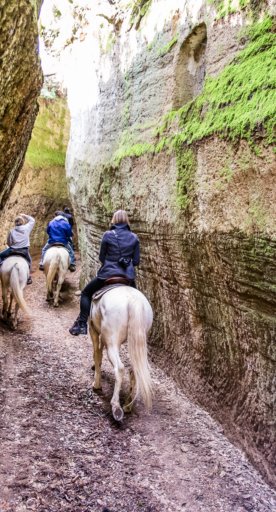

Monumental trees in Tuscany
Armies, pilgrims and merchants, saints and outlaws have passed under these trees, which are still here still here after centuries and millenia
Monumental trees tell ancient stories that we’ve forgotten or are in our school books. There are more than 50 in Tuscany, some of which are hundreds of years old, others thousands. They’re protected for their historic and natural value and are found in every part of the region.
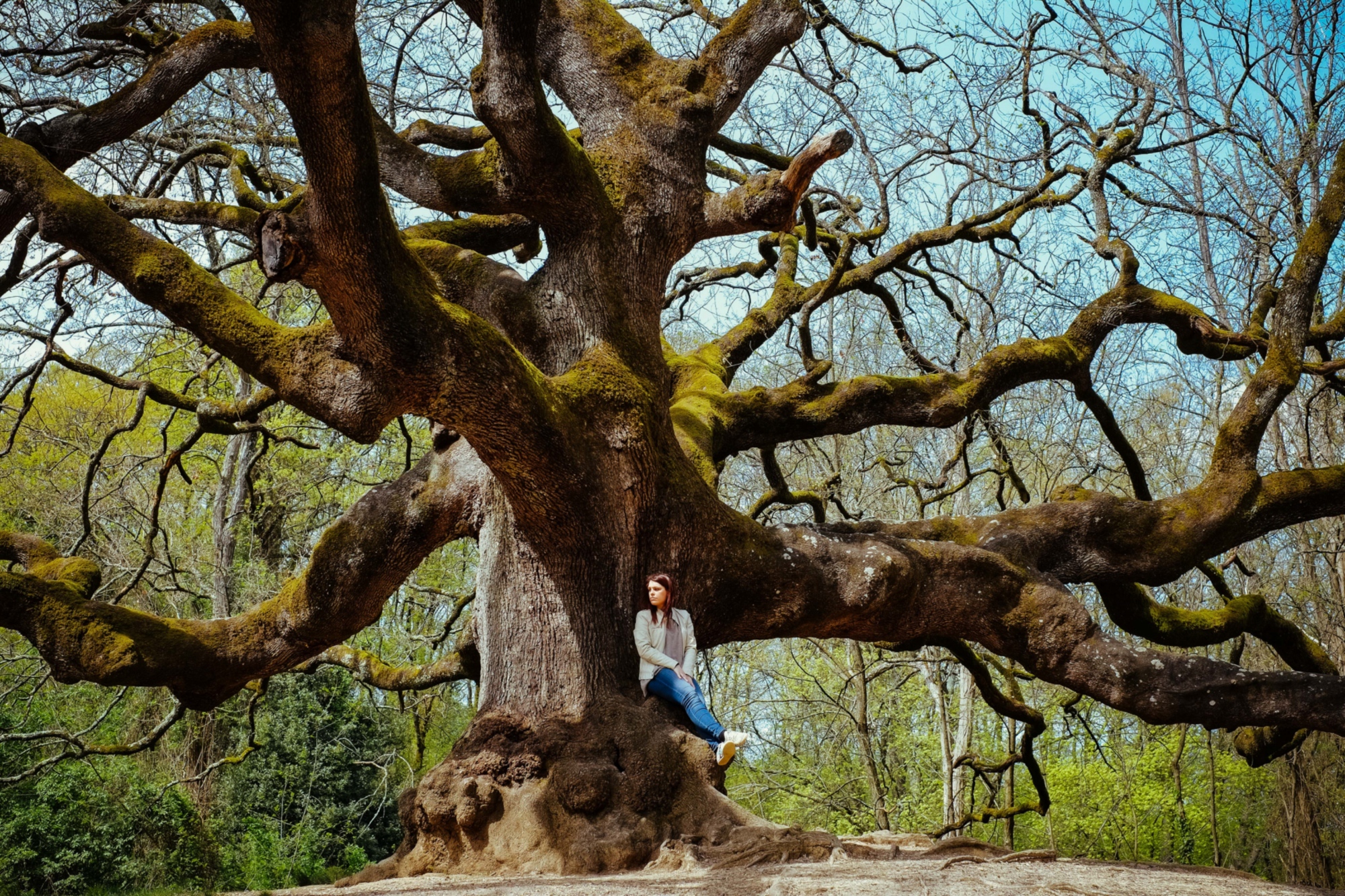
The imposing Gnicche Holy Oak stands in all its glory in the Sargiano Forest, near Arezzo. The woods are a traditional destination for hiking for locals, who enjoy the slopes of Monte Lignano, home to a historic Franciscan convent. The name of the tree is a reference to the outlaw Federico Bobini, also known as Gnicche. According to legend, Bobini usually organized his ambushes near this large tree.
Another 300-year-old holly oak tree, equally imposing, is in Faltognano. The town and the tree can be reached from Vinci following the white and red CAI nr. 14 trail, giving you the opportunity to also visit Leonardo’s house. The dome covering of the trunk is different from other holly oak trees and is the first thing you’ll notice. According to legend, this peculiar trait is because when it was still a sapling, its leaves were burned by a mischievous goat, the resulting damage being what we see today. The holly oak risked dying in the 1990s, but it was saved thanks to a fundraising campaign. It’s now included in the list of monumental trees and celebrated every year with a sagra.
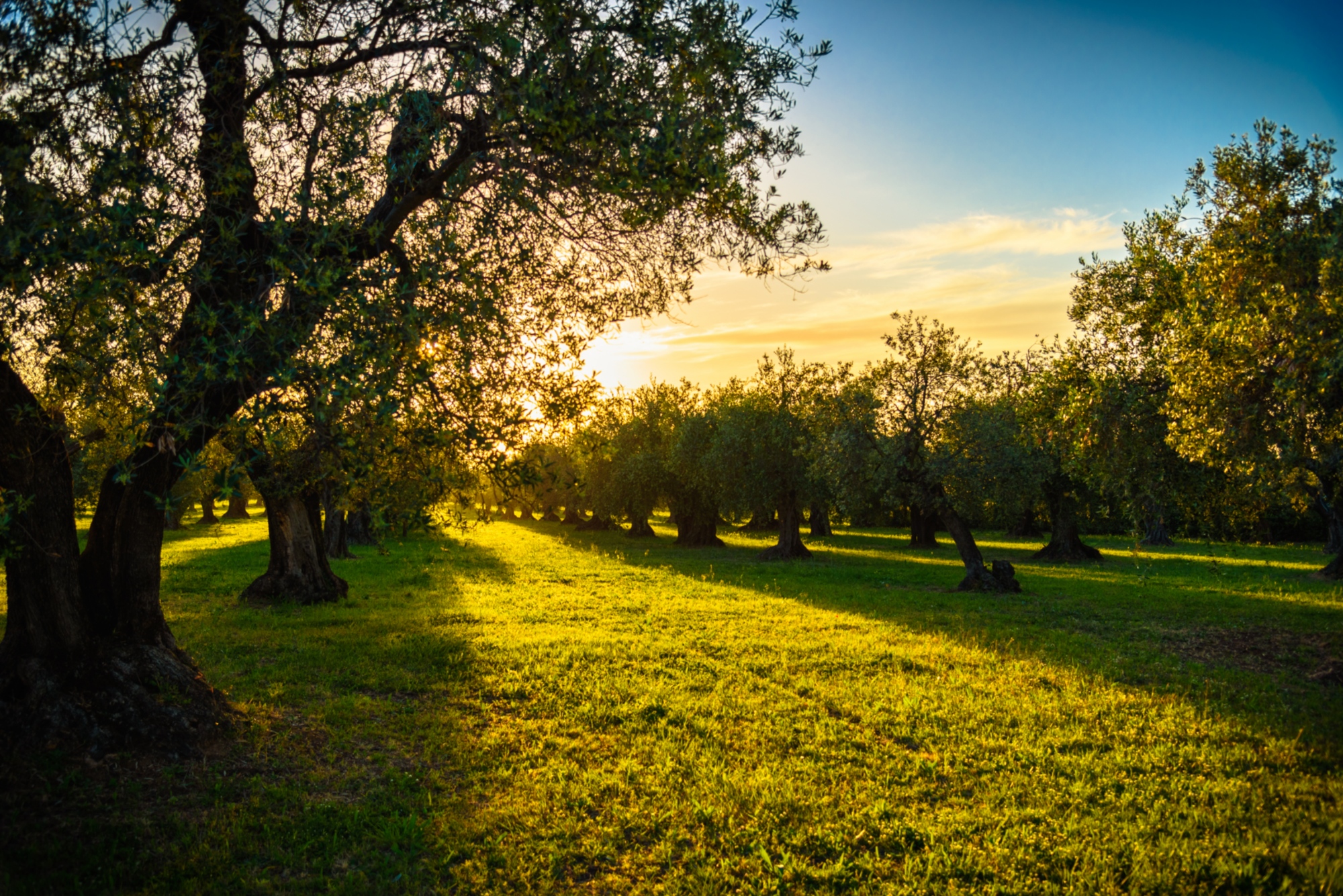
Now on to the olive trees, ancient by definition.
The Olivo della Strega in Magliano is reachable following the itinerary that leaves from the medieval village of Montiano, once ruled by the Aldobrandeschi. The tree is thousands of years old, has a trunk nine metres in diameter and has lived through every epoch in history, from the pre-Roman Tyrrhenians to today. Its name comes from the fact that according to tradition, this is where women accused of witchcraft, stregoneria in Italian, would gather in the Middle Ages. Just think: as early as the Etruscan era people would gather around this tree to celebrate their forest divinities.
It’s thought that the Olivo dei Trenta Zoccoli is only a little younger, located in Pian del Quercione along the Sentiero della Pieve, an itinerary that leaves from the Romanesque parish church in Elici, reachable from Massarosa (Lucca) via a road that winds through centuries-old olive groves. The Trenta Zoccoli takes its name from a story by a German traveller from the 1700s, George C. Martini. The writer, having seen 13 farmers climb the tree to collect olives and having noticed that they were wearing clogs, was convinced that these shoes were common for this type of harvesting. Thus, 13 pairs equal 26 clogs. But considering “Olivo dei 26 zoccoli” sounds weird, he thought it would be better to round it up to 30.
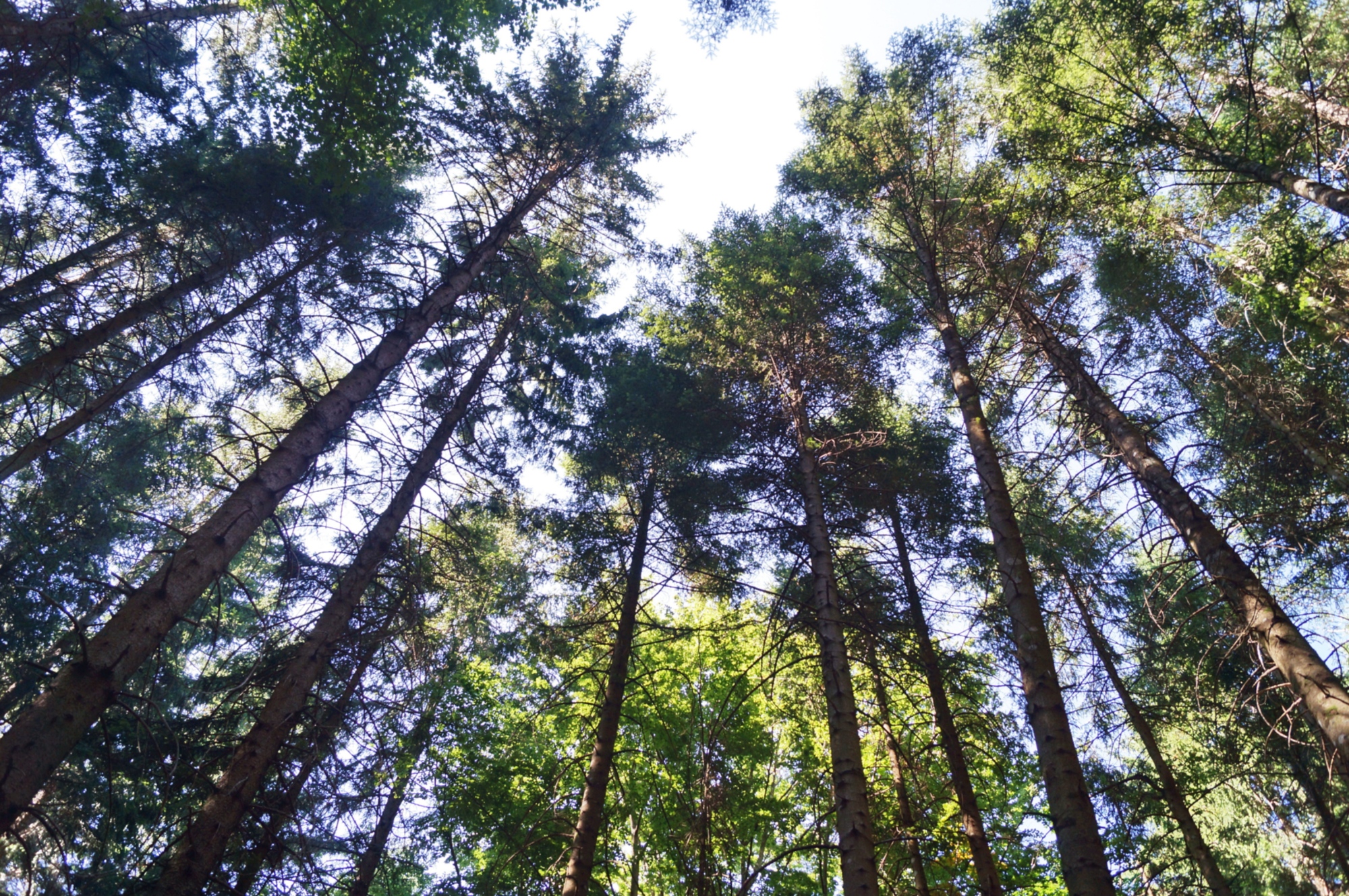
Next up are the oaks, many of which are on the list of monumental trees in Tuscany.
From the Giant Oak in Populonia, reachable via a hiking route that links Baratti to Buca delle Fate, 200 years old and 40 metres in circumference, 20 metres high and 32 metres of foliage, to the Cinto Oak in the San Rossore Park in Migliarino. From the Olmo Oak in Fosdinovo, to the Roverella in Castelnuovo Berardenga – a beautiful itinerary that can be paired with the ring route of the 18th-century Villa Arcena – and the so-called Streghe Oak in the hamlet of Gragnano in Capannori, a small village located along the via Francigena, thought to be 600 years old and, according to legend, inspired Collodi when he wrote about Pinocchio’s hanging.
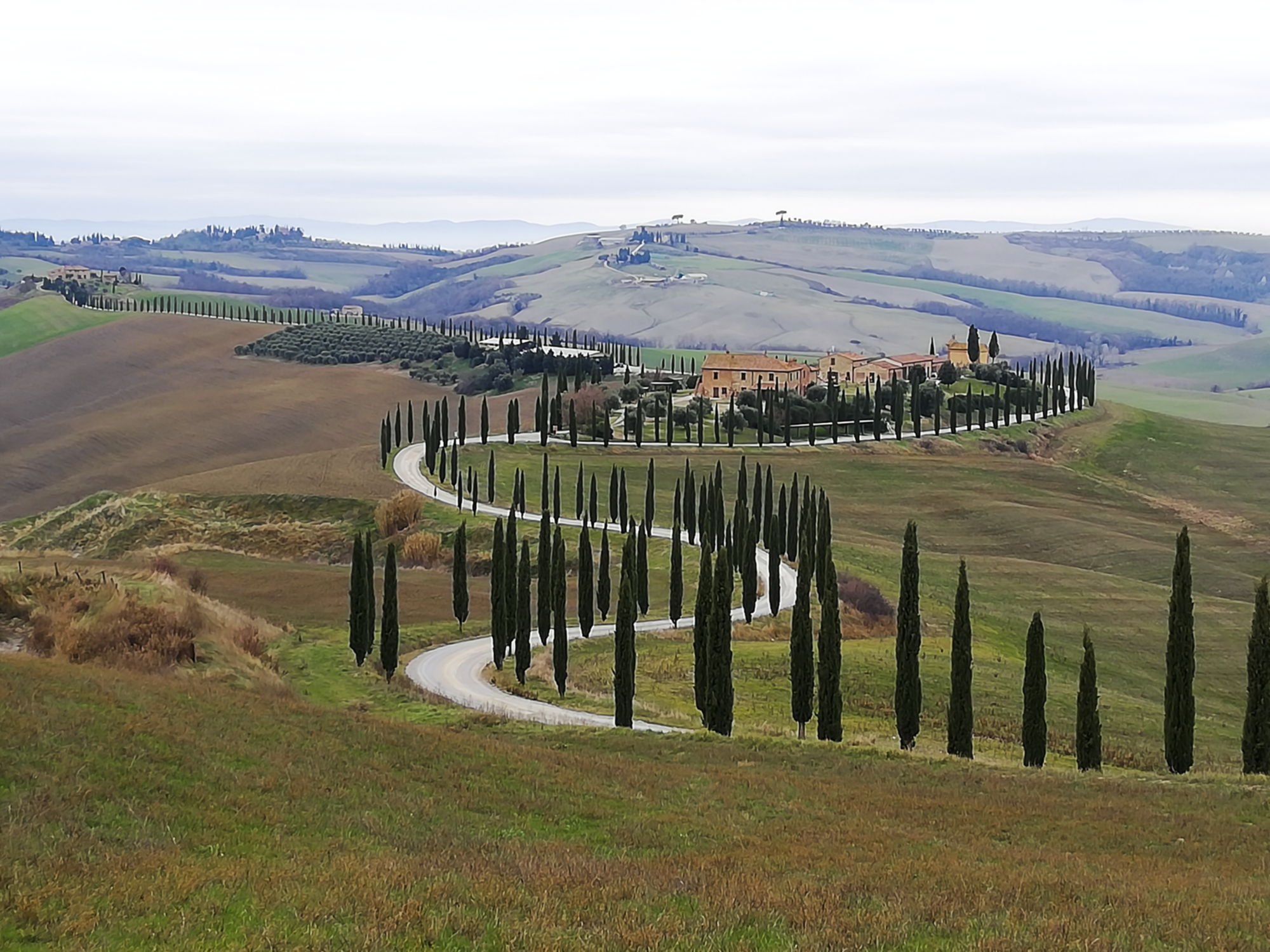
There are still yet trees and stories that await you in Tuscany.
The Santo di Vallombrosa beach tree, near the so-called Percorso delle Cappelle, a trail in the heart of the Vallombrosian forest that links 10 chapels dating between the 14th-17th centuries.
The maple tree in Cutigliano which can be reached in two hours from the hamlet of La Lima.
Lastly, the cypresses in the Val d’Orcia, like the ones in Triboli, reached via a hike leaving from San Quirico and one of the symbols of Tuscan landscape and history in the world.











